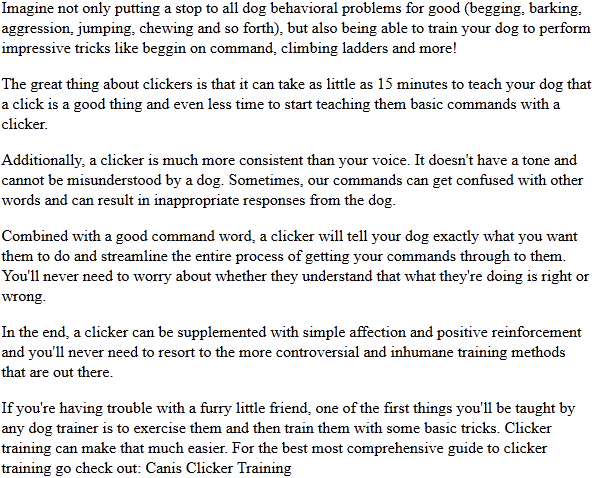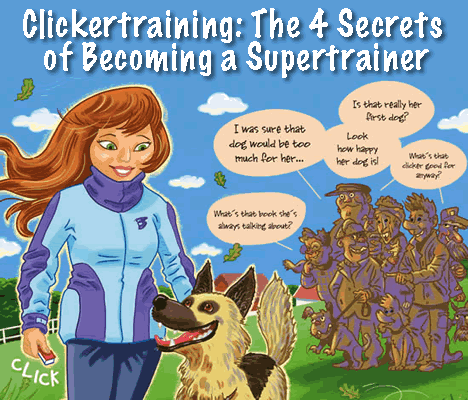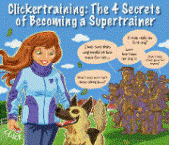Good Dog Training Advice
Get Fast & Simple Dog Training Tips to
Turn a Difficult Dog Into an Obedient Pet!
How to Read Dog Body Language
Dog's speak, learn, and interact with body language. They don't have the benefit of language - only humans have
that. So, instead, they teach their young, approach prey, and even talk to you using the movement of their
ears, mouths, body, and tails.
As a dog owner, one of the most effective things you can do to help train your dog is to learn the
dog body language cues he's sending you and those around
you.
It can help to recognize and curb dog
aggression, reduce fear, and minimize anxiety.
Aggressive Body Language
When a dog becomes aggressive, their ears will stay close to the head and cock forward or back. Their eyes will
narrow and will often try to make direct contact with their opponent in a challenge. Their lips will open and
draw back to bare their teeth and sometimes they will snap their jaw.
The body will grow tense and very upright. Hackles will rise on the neck to make the dog look bigger and their
legs will hold squarely to show they are in charge. Their tail will then straighten out and, if they have long
hair, fluff out to make it look bigger as well. They might snarl, growl or bark as well.
Alert
When a dog grows alert, their ears will perk up and swivel to catch various sounds. Their eyes might widen
slightly and their mouths will remain closed or partially open with teeth completely covered. Their body will
remain normal with weight up on the toes.
Their tails will usually stay up and wag slightly, but very short and rapid wagging. They tend not to make any
noise, but may whine slightly or use an alarm bark.
Anxious
When a dog grows anxious, their ears will go slightly back, their eyes will narrow and their mouth will close
and look to be in a slight grin. Their body will remain tense but will be lowered, in a submissive pose.
Their tail will lower slightly, not between the legs but not up either. They will often whine or moan slightly
with their barks as well.
Excited
When a dog is excited, their ears will point forward and perk up, and their eyes will open wide. Their mouth
will often be open with teeth covered and possible panting. Their body remains normal with some dancing or
pacing involved.
Tails are generally up and wagging and they might whine slightly or have short, excited barks.
Dominant
When a dog is trying to exert his dominance, he will have his ears straight up or forward and will have wide
open, staring eyes. Their mouths will remain closed or slightly open and the posture will be very tall with
hackles raised to make them seem larger.
Tails will be stiffened and fluffed and they might have a low, assertive rumbling or grunting growl. You can
often differentiate dominant from aggressive by the mouth motions and their body position.
Afraid
The ears will be straight back or to the sides with narrowed eyes that avert to the side, with extra whites
showing. Their body will grow tense and crunched lower to show submission. They might tremble or shiver in fear
and will often secrete from anal glands.
Tails will usually go between their legs and they will start to whine, yelp or even growl anxiously.
There are many other small cues you can take away from a dog's body language, but these basic, introductory
cues will hopefully help you understand when a dog has changed their reaction to a situation or is feeling out
of sorts.
Clicker Training
I'm not sure if you've ever tried clicker training your dog
before, but dogs learn and understand commands that you give him/her with a clicker very fast.

| |
|


Discover the Secrets to Training Your Dog Or Puppy. Huge BONUSES for a limited time only!
Click here now...
|
http://GoodDogTrainingAdvice.com





